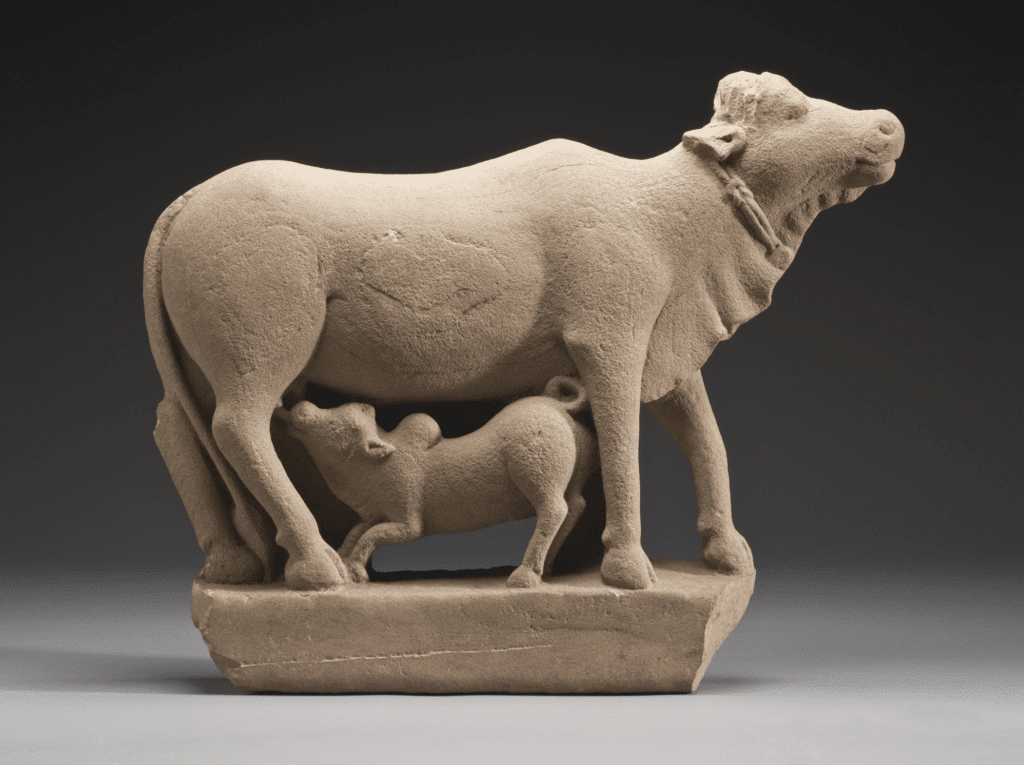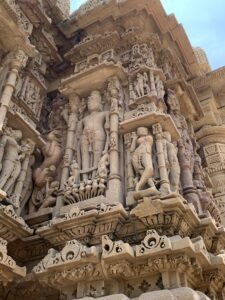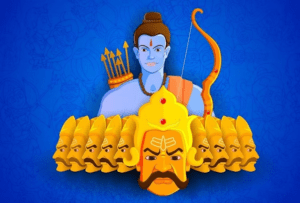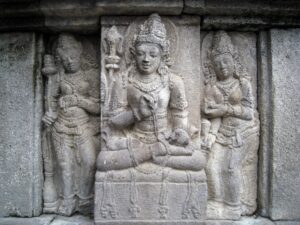Introduction
Hinduism, one of the world’s oldest and most diverse religions, is characterized by its rich tapestry of beliefs, rituals, and practices. Among the myriad aspects of Hindu culture, the reverence of animals stands out as a distinct and often misunderstood feature. One of the most commonly misunderstood practices is the veneration of cows, which has sparked numerous misconceptions about Hindu culture.

In this blog post, we delve into the origins and significance of the sacredness of cows and other animals in Hinduism, while shedding light on the influence of Jainism and the broader cultural context.
The Sacred Cow: Unveiling the Origins
The practice of worshipping cows in Hinduism has deep historical and cultural roots that span millennia. Contrary to some misconceptions, Hindus do not “worship” cows in the same way one might worship a deity. Instead, cows are revered and held in high esteem due to their significant role in ancient agricultural societies.

As reliable sources of milk, an essential source of nutrition, cows were intricately tied to human survival and prosperity. Over time, this association led to the symbolic representation of cows as maternal figures, embodying nourishment, sustenance, and life-giving qualities. In this light, the reverence for cows is not about mere worship, but rather a recognition of their vital contribution to human life.
Jain Influence: A Catalyst for Compassion
The influence of Jainism, another ancient Indian religion, has significantly contributed to the reverence of animals within Hindu culture. Jainism places a strong emphasis on non-violence (ahimsa) and compassion towards all living beings. This ethical stance has influenced and enriched the broader Hindu ethos, fostering a deeper respect for animal life.

The Jain principle of not causing harm to any creature resonated with Hindus, further deepening their understanding of the interconnectedness of all living things. As a result, the compassionate values promoted by Jainism played a role in shaping the treatment of animals within the Hindu cultural landscape.
Beyond Cows: A Pantheon of Sacred Animals

While cows receive a significant amount of attention, Hinduism also attributes sacredness and symbolism to various other animals. These animals are often associated with deities, virtues, and life lessons, contributing to the diverse tapestry of Hindu beliefs:
- Elephant (Ganesha): The elephant-headed deity Ganesha symbolizes wisdom, knowledge, and the removal of obstacles. The elephant’s size and strength serve as a metaphor for transcending challenges with grace.
- Monkey (Hanuman): Hanuman, a revered deity known for his devotion and loyalty, is depicted as a monkey. His story emphasizes qualities like courage, selflessness, and unwavering dedication.
- Peacock (Kartikeya): The peacock, the mount of Kartikeya, represents beauty, vibrancy, and spiritual awakening. Its vibrant plumage symbolizes the diversity of experiences in life.
- Snake (Nagas): Serpents hold a complex role in Hindu mythology, symbolizing both power and danger. The Naga deities are revered for their protective attributes.
- Bull (Nandi): Nandi, the bull, serves as Lord Shiva’s devoted vehicle and symbolizes unwavering loyalty and strength.
- Lion (Narasimha): The lion-man incarnation of Vishnu, Narasimha, signifies the triumph of good over evil and the inherent courage required to face challenges.
- Swan (Brahma’s vehicle): The swan represents discernment and the ability to distinguish between the eternal and the transient, aligning with the role of Lord Brahma as the creator.
- Turtle (Kurma): The turtle embodies stability and patience, exemplified in the story of Kurma, an incarnation of Vishnu, who supported the churning of the ocean.

Dismantling Misconceptions: Embracing Complexity
The misconceptions surrounding Hindu culture, particularly the reverence for animals, often stem from oversimplification or misinterpretation. It’s crucial to recognize that Hinduism’s approach to animals is deeply nuanced and multifaceted.

Animals are not worshipped in the same manner as deities; instead, they serve as symbols of values, lessons, and virtues that guide adherents in their spiritual journeys. The sacredness attributed to animals reflects the intricate interconnectedness of all life forms, fostering respect for the environment and promoting a holistic worldview.

The sacredness of animals in Hinduism, particularly the veneration of cows, is a multifaceted aspect of a religion that spans centuries and embraces diverse beliefs. The practice is not about blind worship but rather a recognition of the significant roles these animals play in both cultural and historical contexts.

The influence of Jainism has further enriched Hindu values of compassion and non-violence, contributing to a deeper understanding of the interconnectedness of all life forms. Additionally, the spectrum of sacred animals in Hinduism, from elephants to snakes, provides a tapestry of symbolism that underscores virtues and life lessons.

By dismantling misconceptions and exploring the origins and complexities of the veneration of animals within Hindu culture, we can gain a deeper appreciation for the rich spiritual tapestry that shapes the lives of millions. The reverence for animals invites us to reflect on our relationships with the natural world and serves as a reminder of the profound interconnectedness that binds all living beings.






